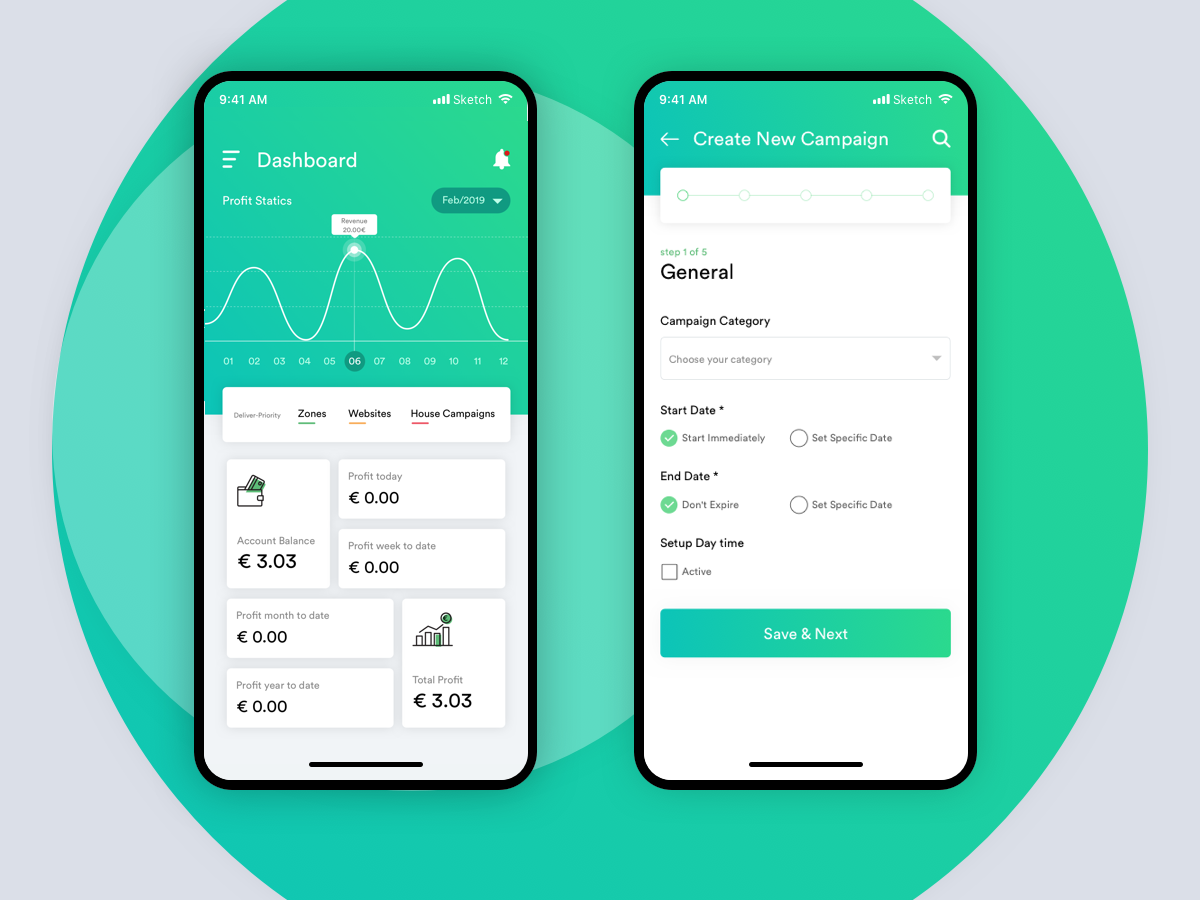

#Dash board apps software#

The dash_auth.KPI DASHBOARD is an irreplaceable tool for any business manager.
#Dash board apps install#
pip install dash=0.21.1Īfter this set the username and password pairs you would like to have in your application. To set up the Basic Auth proceed as follows. Plotly OAuth provides authentication through your online Plotly account, and it's not free. This method has some challenges such as users cannot log out of your application, users cannot create accounts or change passwords, and you are responsible for safely storing the usernames and passwords in your code. In Basic Auth, you hardcode a set of usernames and passwords in your application. It provides two modes of authentication HTTP Basic Auth and Plotly OAuth. app = dash.Dash()Īpp.layout = html.Div(style="'.format(input_value)ĭash provides authentication through a separate package called dash-auth. Instead of using classes like in HTML, className is used in Dash. The keys in the dictionary are camelCased e.g text-align is textAlign. In HTML the style property is specified using a semicolon, but in Dash, a dictionary is supplied. Similarly, we can change the layout background using the plot_bgcolor attribute. In our case, we have defined a color dictionary with the background and text color we would like. You can change the background by using the style attribute and passing an object with your specific color. Dash also allows you to do stylings such as changing the background color and text color. The Graph class expects a figure object with the data to be plotted and the layout details. Graph renders interactive data visualizations using plotly.js. In order to create a graph on our layout, we use the Graph class from dash_core_components. We then use the HTML components to generate HTML components such as H1, H2 etc. We use the Div class from the dash_html_components to create an HTML Div. Once that is done we can create the layout for our application. Just like in Flask we initialize Dash by calling the Dash class of dash. To kick us off we shall create a file called app.py using our favorite text editor then import these packages. You can also create your own custom components using Javascript and React Js. To use these classes, we need to import dash_core_components and dash_html_components. Dash provides HTML classes that enable us to generate HTML content with Python. The first part is the layout and describes how the app will look like and the second part describes the interactivity of the application. In order to start using Dash, we have to install several packages.Ī Dash application is usually composed of two parts. In this tutorial, we introduce the reader to Dash fundamentals and assume that they have prior experience with Plotly. Dash is open source, and its apps run on the web browser. It enables you to build dashboards using pure Python. It built on top of Flask, Plotly.js, React and React Js. Dash is Python framework for building web applications.


 0 kommentar(er)
0 kommentar(er)
